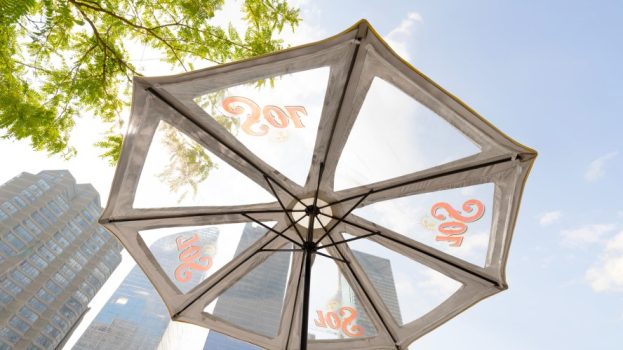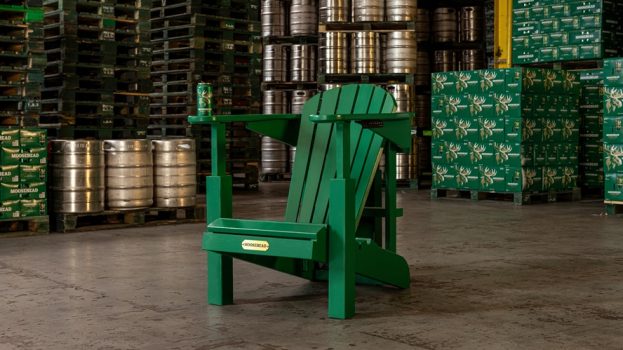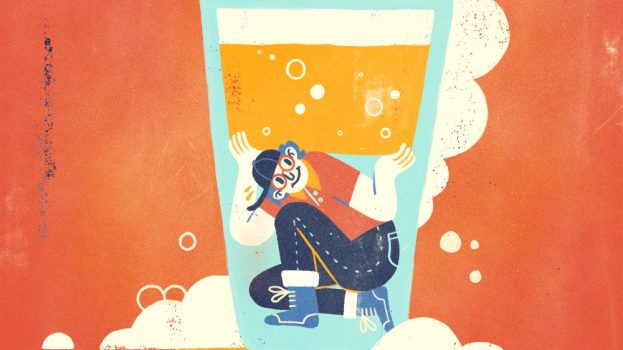This story originally appeared in the November/December 2019 issue of strategy.
The biggest beer companies in the world are shifting to become “beverage companies” by looking past a major ingredient in its most popular products: alcohol. And that calls for some category building.
As part of “Now You Can,” a global platform for Heineken’s non-alcoholic beer, OOH in Canada was updated to reference topical occasions like cutting back on booze during “Dry January,” being able to remember the night before or having a “drink” en route to the cottage.
“People aren’t used to non-alcoholic beer in Canada, in particular,” says Michael Mulvey, assistant professor of marketing at the University of Ottawa’s Telfer School of Management. “You almost need to build the category before your brand can own it. And by putting out an ad that builds different new occasions, it’ll help move people’s minds towards the category more frequently.”
Heineken 0.0 is just one no- or low-alcohol beer that has used Canada as a testing ground. Molson Coors — which distributes Heineken in Canada — also introduced the 0.5% ABV Coors Edge in stores and on Amazon last year, expanding its availability to the U.S. this fall. In 2016, Budweiser launched the non-alcoholic Prohibition Brew, part of AB InBev’s efforts to have 20% of its sales volume come from alcohol-free or “low” alcohol (under 3.5% ABV) by 2025.
According to research by industry body Beer Canada, non-alcoholic beer accounted for 1.2% of sales in 2018, but that is a 50% volume increase since 2013, while consumption in the wider beer category has declined by 10% over the last decade.
But the bigger strategy, Mulvey says, is simply growing the potential consumer base in a time of decline by including people like alcoholics, pregnant people or those who just want to participate in social situations without a hangover. It’s the same thing that’s also pushing brewers to an opportunity outside of beer entirely: cannabis.
When cannabis-infused beverages were legalized in October, Truss – a joint venture between Molson Coors and Quebec cannabis producer Hexo – announced it would have six different brands selling products with CBD, THC or both, and in different formats.
The first to be announced, Flow Glow, is a CBD-infused water made in partnership with Flow. Labatt and Tilray plan to launch their own CBD beverage by the end of the year, while Ace Hill and Waterloo Brewing are among the many craft brewers that have thrown their lot into the category as well.
And it makes sense that major brewers would be the ones to try and take advantage of it: beyond the manufacturing and supply chain experience, Mulvey points out that the large brewers already have hundreds of different brands under their umbrellas, and their previous success has come in offering different products for different occasions.
Cannabis grows the potential market much more than simply creating a new label or brand positioning. With a range of formats and active cannabinoids, the companies are not only providing another option in occasions where beer has been popular, they can access the more health- and wellness-focused occasions associated with CBD.
Mulvey also points out that branching off into non-beer products opens the door to different demographics, especially women, who – despite some gains over the last two decades – still typically index lower on beer consumption than men.
























